Golden Mask Deep Hunter PRO 3 SE – Our Review Of This Depth Metal Detector! (Settings and Tips +)
Depth Detecting- Is It Easy? And why do we need a deep metal detector?
I think that for most diggers who are looking for a VLF (very low frequency) soil detector, it should be known that the VLF devices have their limitations and are quite serious. That is, if an object of metal lies at a depth of more than 30 cm, then there are difficulties with its detection. Or, if the object of your search is a large metal object, how can you find it among the tons of fine metal dust that lies on the surface and hinders the search? For these purposes, the depth detectors are used, which are produced by GM Electronics LTD – Bulgaria.
Deep Hunter PRO 3 and PRO 3 SE – what’s the difference?
The Golden Mask Deep Hunter PRO 3 SE metal detector is a logical continuation of the Deep Hunter PRO 3 model. If you are looking for reviews of this metal detector on the Internet, you have seen that on other sites unfortunate observers write that SE means “second edition”. No, SE is “special edition”, that is, a special version. What is it special in and what are its differences from the version of Deep Hunter PRO 3? There are many differences and they are quite distinguishable – In the simple 3 version, the soil was adjusted only automatically, which is not always a fine adjustment, especially for working on difficult soils. But this depth detector can also search for gold nuggets on a very complex and highly conductive soil! Therefore, in the special version of PRO 3 SE, there is a manual adjustment of the ground and is regulated by the switch AGEB> MAN.GB
- The control box on the Deep Hunter PRO 3 SE
Another noticeable difference is that if you use the PRO 3 SE version, even in the automatic soil balance mode, you can tune the soil using the Tresh potentiometer, which has 10 turns, but on the first turn additional and more precise ground tuning occurs in the automatic mode.
And the main thing is why it is needed – in the manual soil adjustment mode, the device receives at least a 15% increase in depth (on average).
Another, no less important difference is in electronics. It is a bit difficult to explain, but I used the PRO 3 version for a long time and when I started working with the special PRO 3 SE version, I noticed changes in the operation of the metal detector, they are visible from the first day of use. The name PRO 3 and PRO 3 SE should not confuse anyone, in fact, we are dealing with the most top-end version of the depth detectors. As you can see, the manufacturer strived for a long time to achieve this, starting with the very first version of Deep Hunter PRO and going through a whole evolution to the special version of PRO 3 SE. When using it, it became clear that the device became less susceptible to interference, it works stable in all conditions. In fact, the device also received additional modes of operation, which we will write about below.
Design and equipment
The depth detector is very functional, thanks to the ability to combine it with different coils on the rod or search frames (the so-called frame coils). At the moment, this depth detector can be used with the following coils and frames:
- The 20 cm coil – basically, its purpose is to search for gold nuggets in difficult ground.
- The 28 × 42 cm ellipse coil – a highly sensitive ellipse coil for reconnaissance, search in the forest and difficult-to-reach places.
- The 42 cm coil – the search coil for all search tasks, and general use.
- The 58 cm coil – as for me, the best coil to search for militaria/war relics, you can use it to check dugouts and trenches. And treasures, of course!
Frame coils:
- Frame 125×125 cm – the smallest frame available, you can use it alone (but not for long), it allows you to search for treasure and check trenches and foxholes.
- Frame 180×180 cm – the main frame for searching large metal objects. It is necessary to detect together with someone when using this, it is good for finding large objects – helmets and boxes with metal contents, for example. You could also find a treasure if there is one in the field or forest.
- Frame 300×300 cm – is well suited to test legends on the theme “in this lake, there is a tank/plane/ truck.” Not always it happens that these legends are true, but it also happens that the tank really lies in the lake! (I have seen it happen with my own eyes). It is also great to search for meteorites – on an iron meteorite the size of a soccer ball, the depth in the ground will be about 5 meters. Which device will still have the same results?
Important point! With coils of 42 cm and smaller in diameter, it is best to work in manual soil mode, thus achieving the best result in terms of efficiency. With a 58 cm coil and the frames, the automatic ground mode should be used due to the larger scanning area and difficulty in grabbing the ground. Do not forget that the coils and frames are created precisely with this factor in mind!
The detector itself is nothing more than a control block in a case.
The bottom line is that a control block is put on your neck, and then you combine everything yourself – connect the coil and search with the help of a stem, or call your friends and connect the block to the search frame and carry the frame together.
The control unit also contains a built-in 12.0V / 2600 (3700) mAh NiMH-battery, which allows you to search for the whole day, or even more. It has a good battery life, I have never put the battery at the very minimum after a day of detecting. I recommend charging the battery completely before going detecting.
The stem to the metal detector is the suitable standard from the company Golden Mask.
Settings of the metal detector
The controls here are quite simple – using just the potentiometers and a few buttons. In fact, it is enough to set up a metal detector once and you can dig all day on these settings without changing them. I periodically edit the settings, adjusting this device to search tasks that may change over the course of the day.
Attention! The RETUNE button is better to press more often. I do this every three to ten minutes, depending on the conditions, this is necessary in order to constantly keep the metal detector on full alert. Also, this button must be pressed each time you make changes in the settings!
The control unit has the following potentiometers:
TRASH / GB is a setting for cutting off small metal trash (when working in AGEB automatic soil balance mode), and manual ground tuning is also performed here. TRASH / GB potentiometer has 10 turns, read each time you set it up! As an option – wind it up to the maximum (10 turns), and then reduce it by two or three, it will be easier not to get confused.
Audio Tone (On / Off) – nothing more, as the choice of the frequency of tapping (the device periodically produces a knock-knock sound from the speakers), it helps to find really deep objects, if you hear a change in the frequency of tapping, then the device has found something. Signals that are closer to the surface are indicated by a lingering static sound. As soon as the coil is above the target, the sound will be the strongest and loudest. If you turn off AUDIO TONE completely, then you switch to a less sensitive mode, in which the device discriminates even better between ferrous and non-ferrous metal targets.
Sensitivity – the sensitivity of the metal detector. The higher the value, the greater the sensitivity and depth.
Volume (On / Off) – turning on or off and setting the volume level of the sound on the speakers. It’s simple.
The RETUNE button- as already mentioned above, this is a very important button. If you hear a tapping and then it is gone, then it is better to press RETUNE again.
Switch button AGEB> MAN. GB – in fact, the switching of soil balance modes is automatic or manual. With which coils and how to use it – it is written above.
Battery charge can be checked by pressing the button Battery Check – on the signal level indicator it will show the corresponding battery charge.
The BOOST button is especially important – when it is pressed to the ON position, the device receives a gain in depth of 20%!
And on the unit, there are three connectors – one for connecting the coil, the second for connecting external headphones and a third for connecting the charging to charge the battery.
Depth Search Modes
Now one of the most interesting things is the search modes in which you can search and detect. The device has two main modes – quiet and static.
Quiet search mode
If you turned on the device and set up the ground balance, you set the sensitivity but realized that your search zone is full of small metal objects, then it is better to use this mode. It is good for working in very difficult ground. How to turn it on? It’s simple – do not turn on the AUDIO TONE setting. The device will signal only to large metal objects and discriminate them – a high tone signal will signal a non-ferrous metal find, and a low tone signal means an iron find is found.
A good mode to search for large objects on the surface or at shallow depths, because a high depth of the search in this mode will not be reached. It is good for searching on the battlefields or in the fields if you want to find cannonballs, for example, which often lie no deeper than 50 cm.
Static search mode
This is the main search mode and the most sensitive one. As soon as a metal object is under the coil or frame, the device will begin to react by amplifying the signal from the object (you will hear it). The sound will be the loudest and the signal is the strongest then, as soon as the object is exactly in the center of the coil – in this case, no pinpoint is needed for the device, in a static mode, the object is heard best.
In this mode, it is already necessary to set the AUDIO TONE setting, set based on your search tasks and personal preferences. I usually bet on 3 or 5. Then decide whether you need BOOST or not, set the sensitivity to the desired level and adjust the ground balance.
An important diagram on the effect of settings on the performance of the metal detector:
As you can see, using the setting of AUDIO TONE (On / Off) and the optional BOOST mode, you can adjust the depth of the search. Of course, the sensitivity setting also plays an important role, but the picture is ideal for understanding the overall combination of settings in the device.
Cutting out fine metal
One of the key features of the depth detectors of the Golden Mask Deep Hunter PRO series is the adjustment of the cutting out of fine metal in the ground. A similar function exists in Deep Hunter PRO 3 SE and is controlled by a TRASH / GB potentiometer. Yes, if the manual soil balance is turned on, this function will not work, but this is a logical decision because, with coils of 42 cm and less in diameter it is very difficult to cut off any metal waste, this is solely due to the size of the coil. For more productive work in littered areas, it is better to use a 58 cm coil or search frames with which you can more effectively cut off metal debris. This is especially useful on littered fields so that the device responds only to large objects in the ground and does not react to different nails, buttons and other finds that are not desirable.
Also, with a frame and a high value of the Tresh level, it is good to dig at trenches and such, cutting off all shell casings and other metal debris and reacting only to large objects – helmets, kettles, and boxes, for example.
It is necessary to set this value purely individually, there is no secret here, it is learned only in practice.
Experience and tips for detecting
Many may say – why own such a device if it responds only to large objects? It also catches small things and they can even search for coins, it depends on the mode of your settings and what you want to find. Of course, it is better to look for coins with an ordinary VLF metal detector, with which it is easier to dig, but this depth detector is designed for other tasks.
For example, this device is great to use for war relics hunting. I have repeatedly seen dug holes of other diggers, and each time I have checked the place with the depth detector, I have found items that those guys simply did not find! Also, the device responds well to a helmet at a depth of up to 2 meters in the ground without any problems!
Another moment of the search is ancient medieval objects and cannonballs. Many of them lie in the fields at a depth of up to 50 cm, but diggers ignore them because many objects give a weak, deep signal to the VLF metal detector, which is easily discriminated and cut out by an ordinary detector. It’s a pleasure to search relics with the depth detector – take the coil of 42 cm, 58 cm or the frame 125×125 and clean the whole field of good relics.
The third important point is the search for meteorites. It is no secret that meteorites can cost quite a lot and the search for meteorites is not prohibited in almost any country in the world. A meteorite is an interesting find and with this device, you can easily find deep metal meteorites, which can occur at depths of up to 5 meters.
It is interesting to walk with this device along the beach. A simple example – in the sea there lies a lot of sunken ships and vessels, from which for many metal objects have drifted off. They are carried ashore in waves and in a storm, then covered with sand. Sand can be salty and an ordinary detector will not find this item, because it will be blinded by the difficult ground. With this device, since it is an impulse detector and has a large selection of coils, you can detect on beaches without a problem.
I most often search in the static mode, but a quiet mode is also quite good, especially if you dig in a place where there used to be fights or trenches.
There was once a military camp nearby, and all the land was littered with metal waste. But with the depth detector, two new deep German trash pits of World War II with good stuff in them were found at an “empty” place. And to know how many diggers with VLF devices passed over them is difficult to say, the place has been detected for 20 years without a break!
One small morning I had a quick look at some positions of SS troops near my house. The place was almost empty, but I still managed to find something.
Also, do not forget about the search for treasures and hoards with coins. Treasures are also an array of metal objects, which are buried at a depth of 30 cm or more, depending on the place and time of hiding. How many treasures that have been found with depth detectors – only God knows because not a single digger will voluntarily tell about it. But we guarantee anonymity, so to our email address you can mail a photo of your treasure ;). It would be interesting to see!
A separate point must be said for the price. Other depth detectors with frames and coils have been known for a long time, but their price is very high compared to even the Golden Mask Deep Hunter PRO 3 SE. If you do not believe it, then you can google these models: PULSE STAR II PRO or the depth detectors from the company Lorenz. In fact, Golden Mask Deep Hunter PRO 3 SE is not inferior in its search and deep qualities to these famous devices, having a significantly lower price.
Where can one buy it?
Not every metal detector shop sells such a serious device, so you have to try a little to find a seller. If you do not have a seller of these metal detectors, you can directly contact the manufacturer: GM Electronics Ltd – Bulgaria, e-mail: gmdhpro@abv.bg Hope this helps!
A summary of the Deep Hunter PRO 3 SE
Of course, in the usual review, you cannot just take and embrace the whole topic of this depth detector. The device requires studying and experience, and this is not just a thing for entertainment and family recreation, no, it is a device for serious searching. It is doubtful that an ordinary digger would suddenly need a deep detector.
But if you suddenly want to go to a new level in the search to start exploring and working with the deep technique, then it is worth it. Everyone has different tasks.
The depth detector is perfect for example for search teams, because often, among the large piles of metal, there are fallen soldiers. A harsh truth of detecting. So far, I see that this metal detector justifies itself by working on quite specific search targets – I will be slowly passing around with it on fields, tenches, and dugouts. I also want to try it on the beach, because there may be a lot of interesting things there!
And if you have this device, you can write in the comments about your experience and success, I am sure that our readers will be grateful to you!
Good luck!

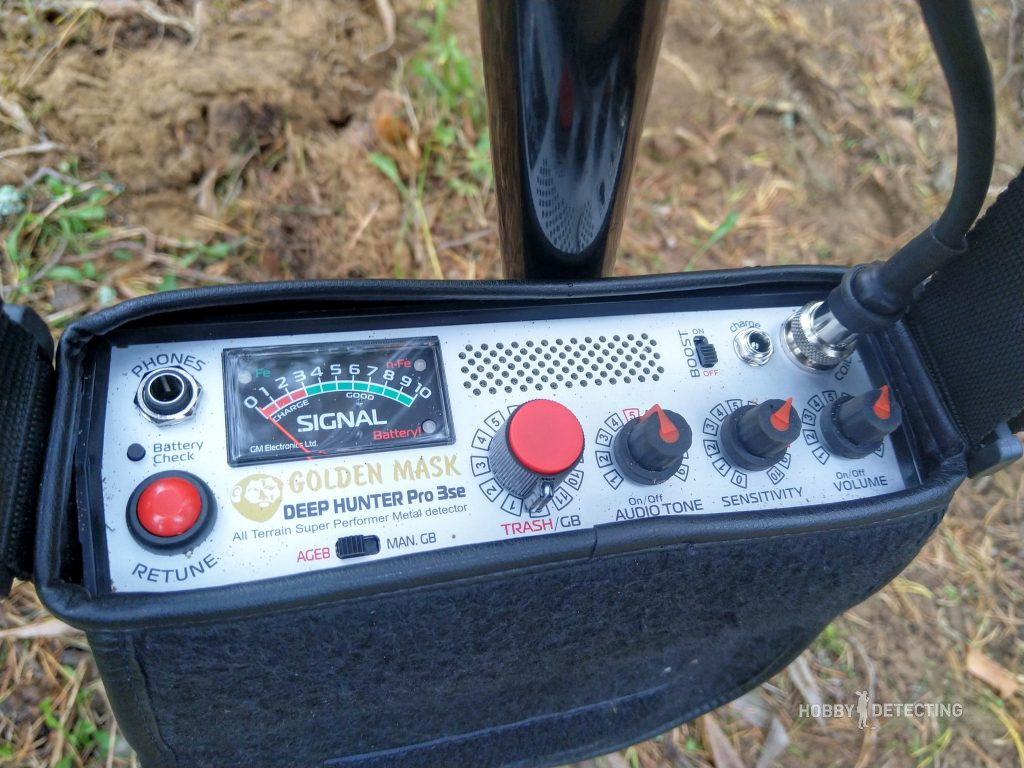
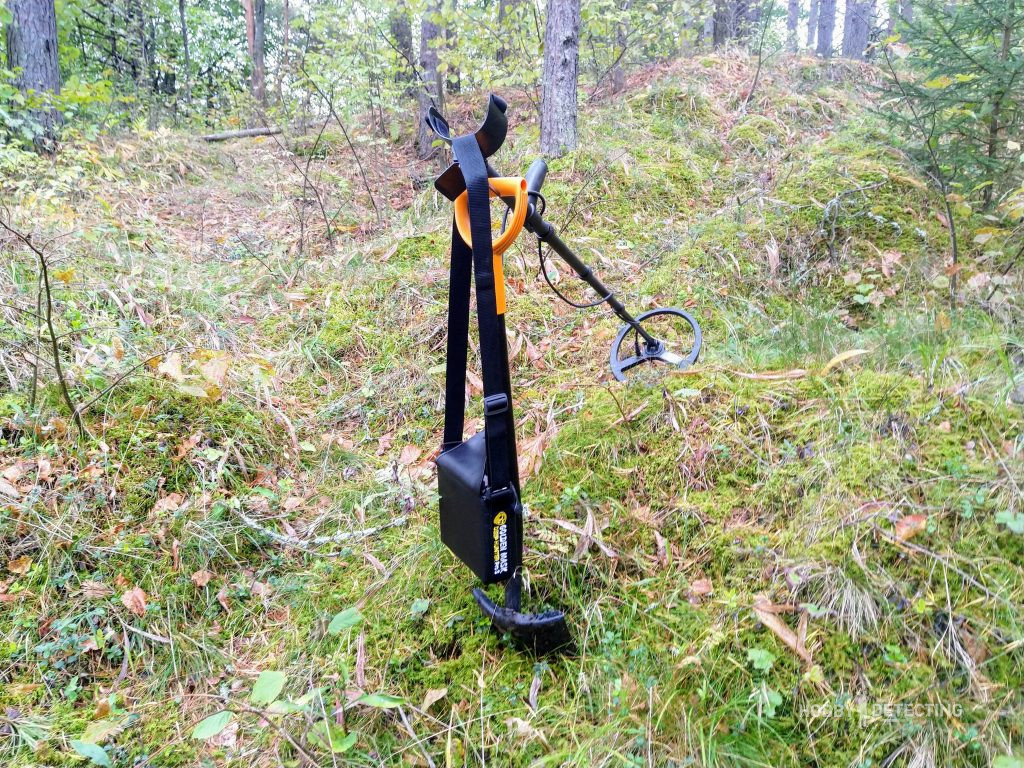
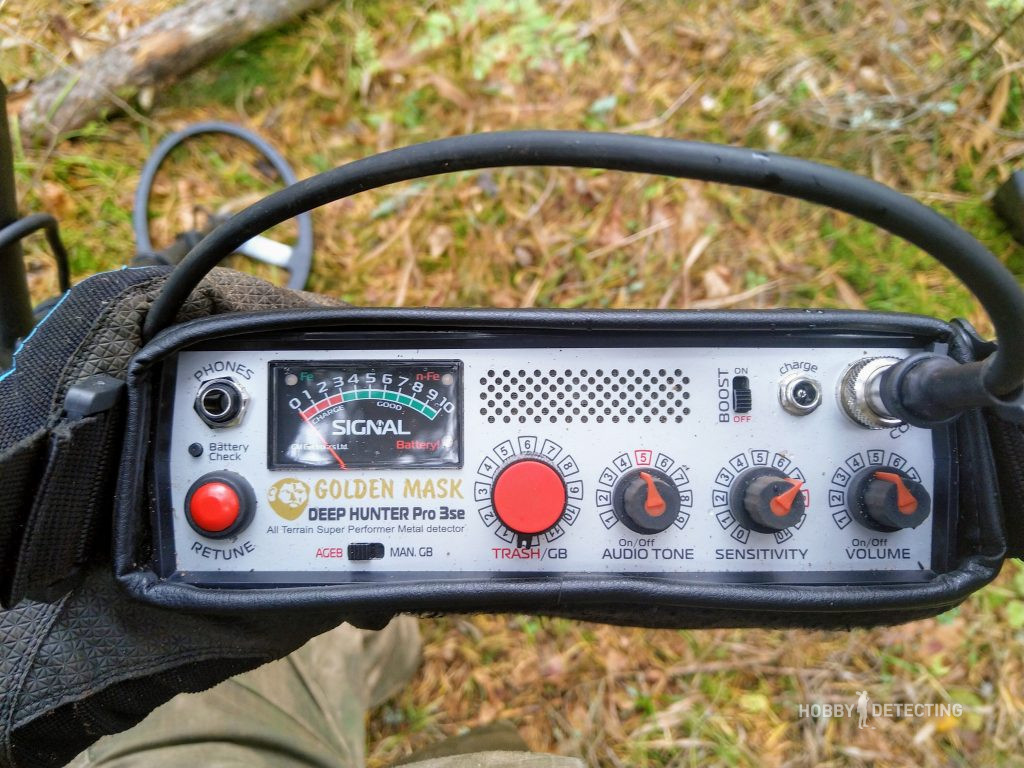
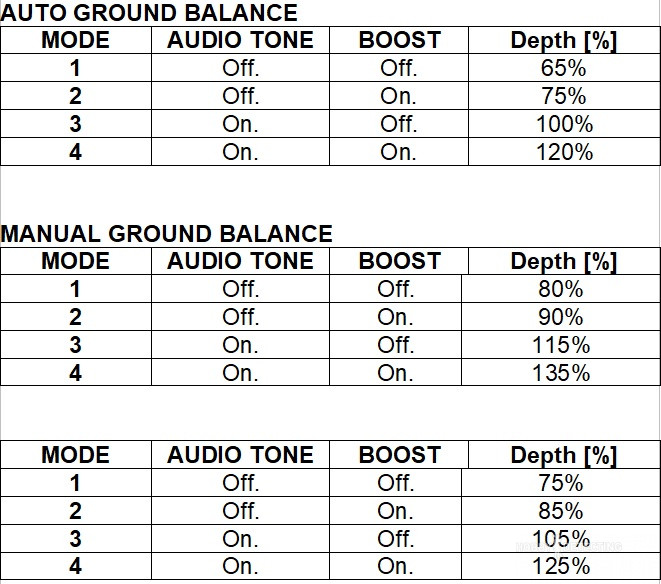
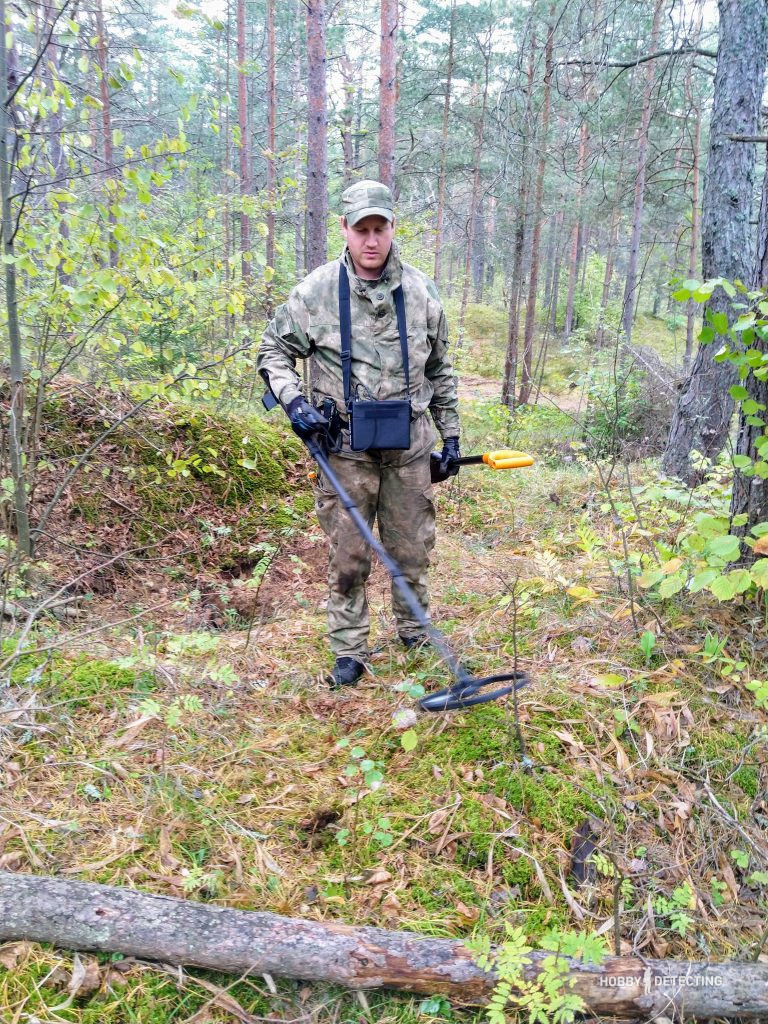
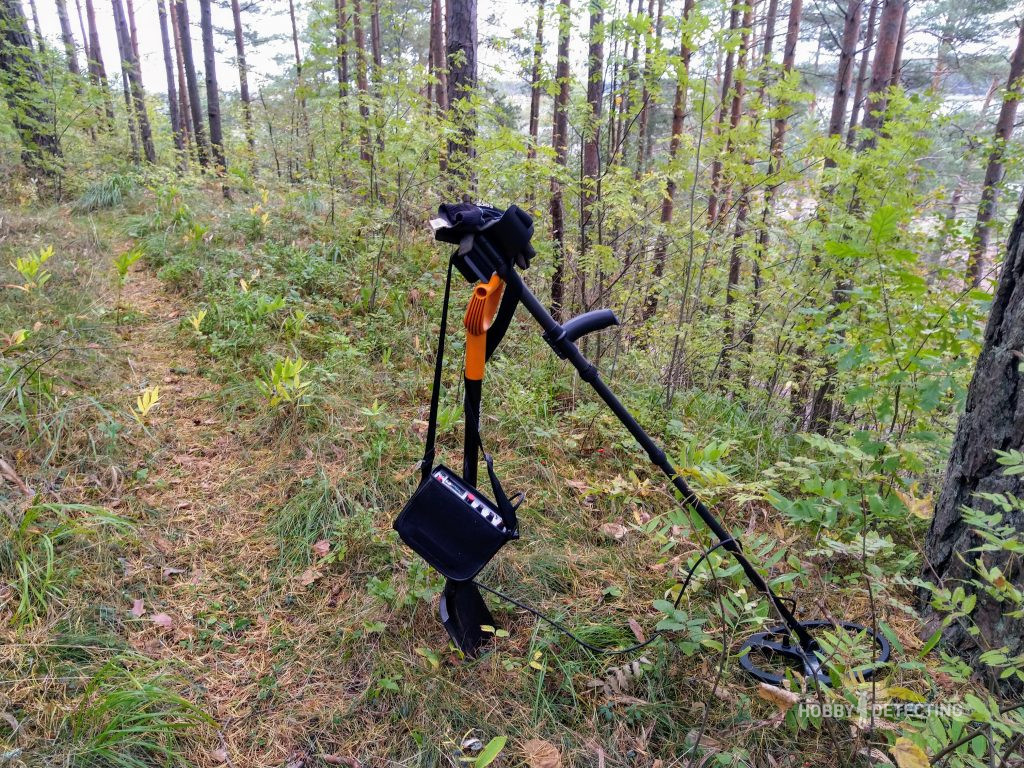
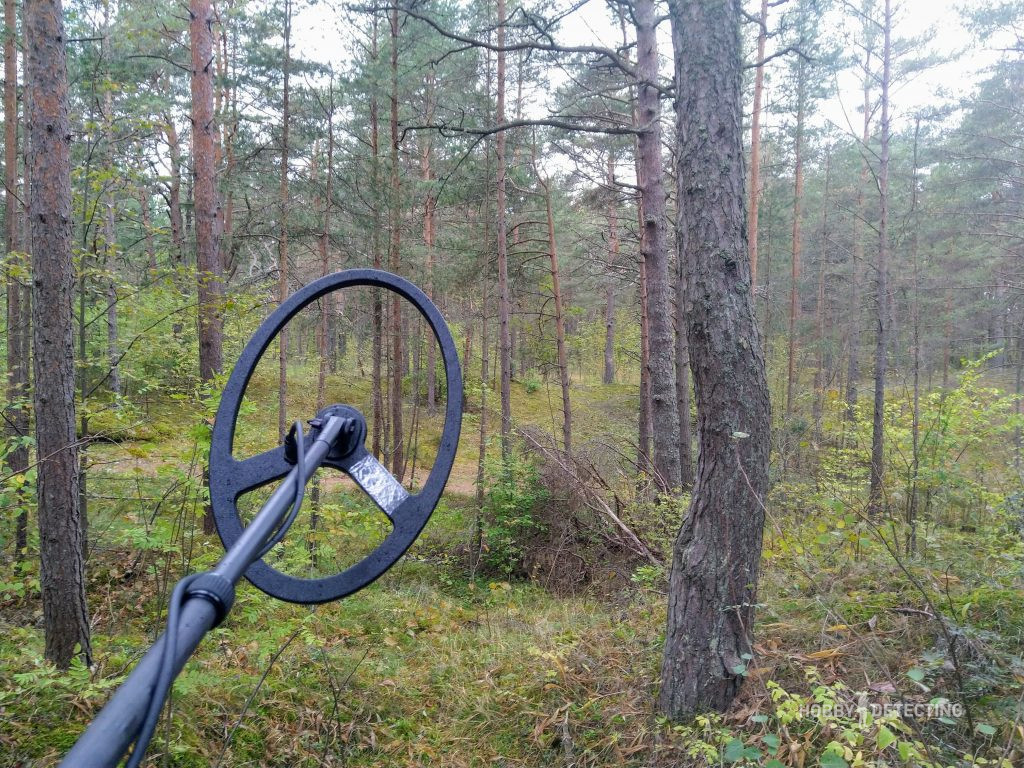
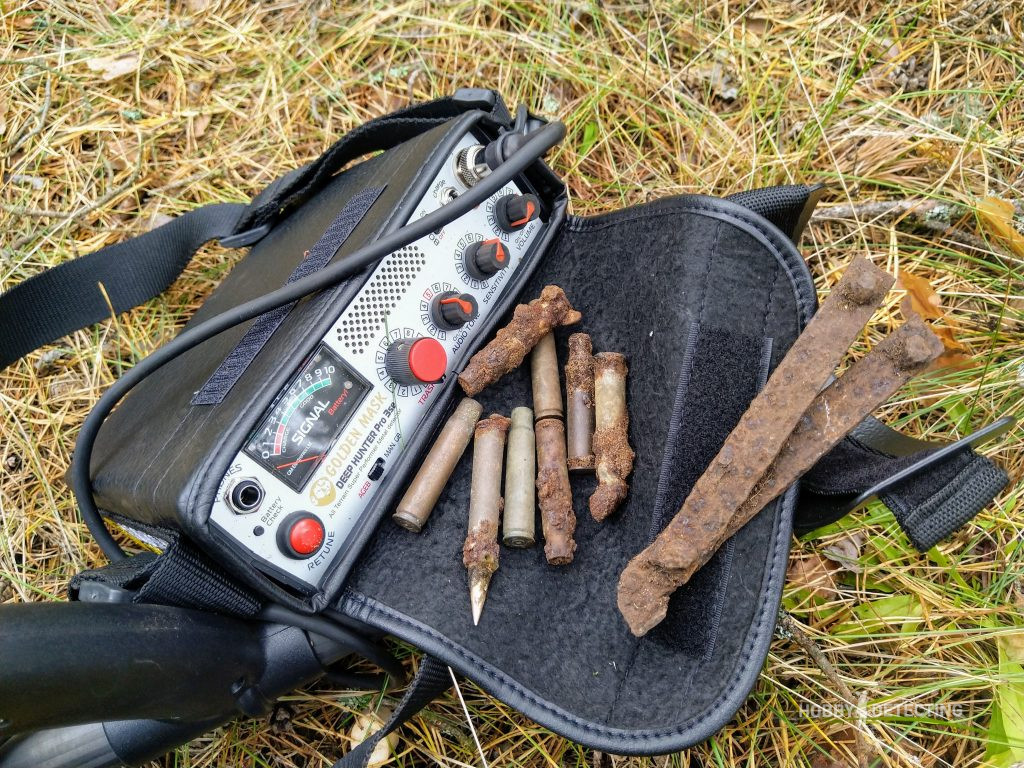
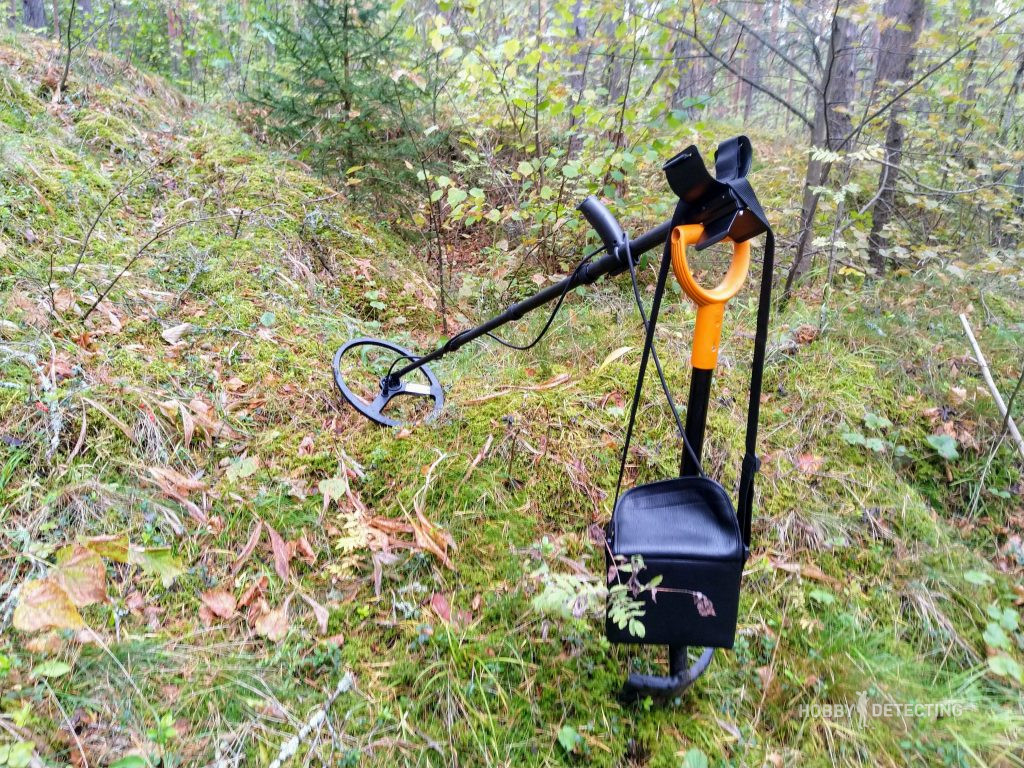
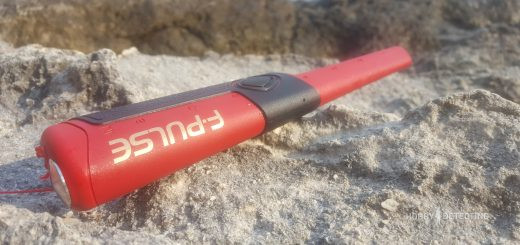



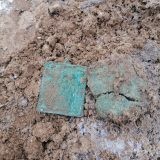
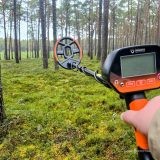
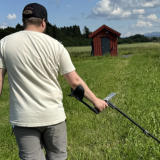

Mi interessa questo modello